Space News
Nasa
242
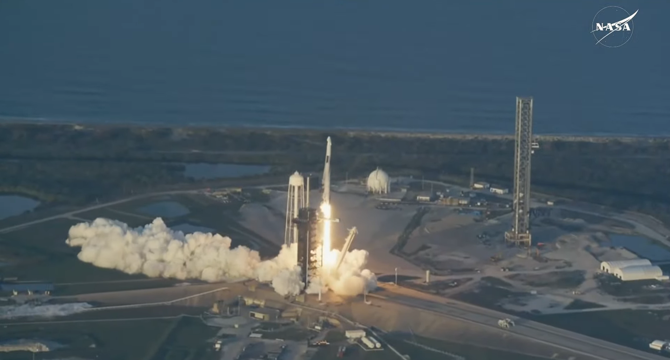
Image Credit: Nasa
NASA’s SpaceX Crew-10 Launches to International Space Station
- NASA’s SpaceX Crew-10 mission launched to the International Space Station
- The SpaceX Falcon 9 rocket carried the Dragon spacecraft into orbit
- Four astronauts are on board the spacecraft for a long-duration stay in space
- The crew will conduct scientific research and contribute to future space exploration
Read Full Article
14 Likes
Livescience
242
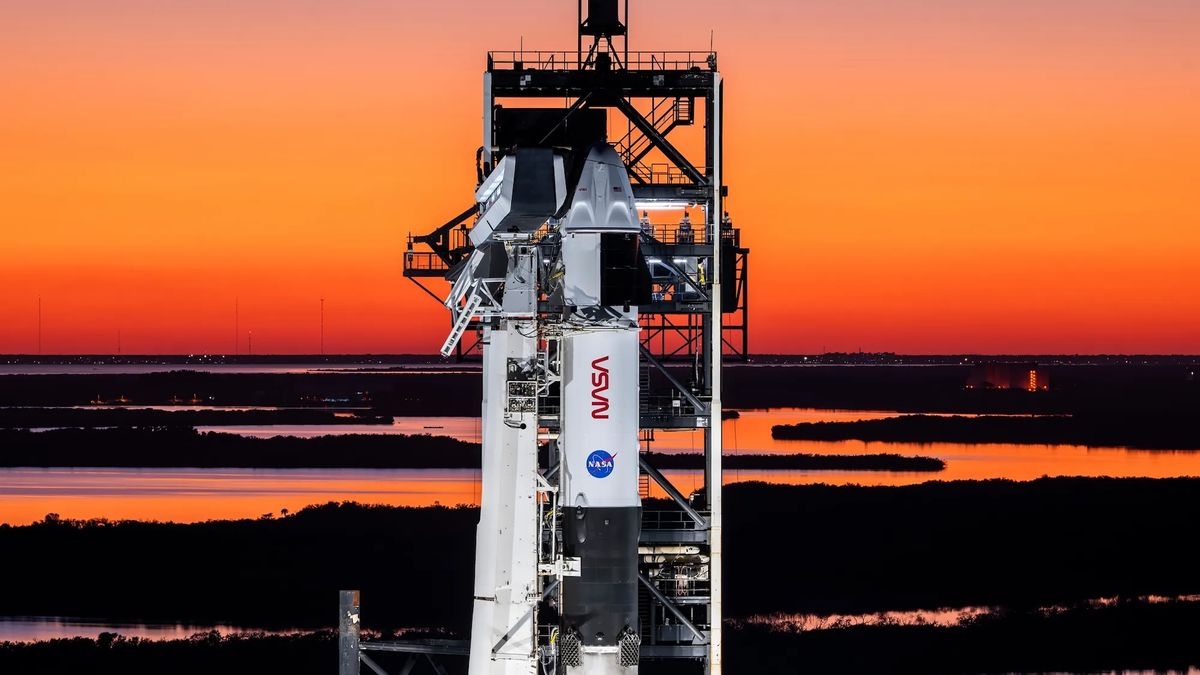
Image Credit: Livescience
Finally! NASA and SpaceX launch Crew-10 mission to bring 'stranded' ISS astronauts back to Earth
- NASA and SpaceX have launched the Crew-10 mission to bring 'stranded' ISS astronauts back to Earth.
- The Falcon 9 rocket successfully launched from Kennedy Space Center in Florida.
- Aboard the Dragon capsule are four astronauts from NASA, Roscosmos, and the Japan Aerospace Exploration Agency.
- The stranded astronauts, Butch Wilmore and Suni Williams, will return home on March 19.
Read Full Article
14 Likes
Nasa
367

Image Credit: Nasa
Risk of Venous Thromboembolism During Spaceflight
- NASA initiated a working group in 2024 to review research and activities addressing the risk of venous thromboembolism (VTE) during spaceflight.
- The working group comprised internal and external subject matter experts from NASA, the European Space Agency, and leading medical institutions.
- Spaceflight Venous Thrombosis (SVT) involves the formation of blood clots, with some crewmembers experiencing obstructive thrombi during missions.
- The pathophysiology of VTE includes alterations in blood flow, vascular endothelial changes, and hypercoagulability, contributing to clot formation.
- In addition to terrestrial risk factors, physiological changes in spaceflight like altered blood flow and fluid shifts may influence VTE development.
- Altered blood flow patterns and potential retrograde venous blood flow in weightlessness may contribute to thrombus formation in crewmembers.
- Physiological concerns like Spaceflight Associated Neuro-ocular Syndrome (SANS) are studied for their connection to venous thrombosis risk.
- Recommendations from the working group include improving thrombus detection, investigating factors leading to thrombi formation, and developing countermeasures.
- An algorithm was proposed for in-mission assessment and treatment of thrombus formation based on early ultrasound testing of the left internal jugular vein.
- Further investigations are needed to enhance detection capabilities, understand pathophysiology of thrombosis in space, and develop effective countermeasures.
Read Full Article
22 Likes
Nasa
394
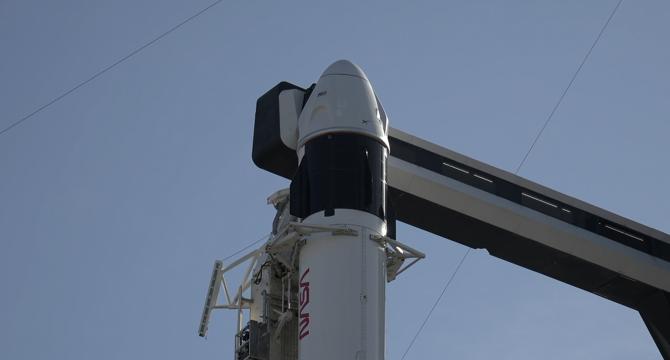
Image Credit: Nasa
NASA’s SpaceX Crew-10 ‘Go’ for Launch
- NASA astronauts Anne McClain, commander, and Nichole Ayers, along with mission specialists JAXA astronaut Takuya Onishi and Roscosmos cosmonaut Kirill Peskov, have received the 'go' for tonight's launch to the International Space Station.
- The launch team has verified that propellants can be loaded into the SpaceX Falcon 9 rocket's first and second stages.
- The weather forecast predicts a greater-than-95% chance of favorable conditions for the 7:03 p.m. EDT liftoff.
- Live coverage of the Crew-10 broadcast is available on NASA+ and can also be accessed through various platforms, including social media.
Read Full Article
23 Likes
Discover more
Nasa
269

Image Credit: Nasa
Sols 4479-4480: What IS That Lumpy, Bumpy Rock?
- NASA's Mars rover Curiosity captured images of two rocks with unique textures on sol 4478, revealing intriguing geological features.
- Curiosity's activities included targeted imaging of rocks named 'Manzana Creek' and 'Palo Comado,' as well as observations of 'Sturtevant Falls' and potential boxwork formations.
- The challenging workspace required careful arm maneuvers to study the jagged, rough-textured rock of interest.
- Subsequent observations involved a dust devil survey, LIBS observations of various targets, and driving towards a rock named 'Humber Park' for further analysis.
- Curiosity's winter operations included nap schedules, arm exercises, and nighttime arm stowage for rest.
- The mission operated under the planning lead on a cold Martian day, focusing on understanding the unique geological formations in the rover's vicinity.
- Scientific instruments like ChemCam and Mastcam were utilized for detailed observations and imaging of rock formations.
- The rover's mobility planners navigated through diverse terrain to ensure safe driving towards exploration targets, such as 'Humber Park.'
- Curiosity's routine post-drive activities included imaging for solar tau and cloud observations to support mission data collection.
- The mission highlights the continued scientific exploration and investigations conducted by Curiosity on Mars during its winter operations.
Read Full Article
16 Likes
Livescience
363

Image Credit: Livescience
Watch: Spacecraft films 'diamond ring' solar eclipse from the surface of the moon as 'blood moon' looms over Earth
- A spacecraft parked on the moon captured stunning images of the solar eclipse from the moon's surface.
- The eclipse showed the distant sun being slowly eclipsed by the dark orb of Earth until only a bright ring remained.
- The eclipse marked the moment of totality, during which the sun's disk is entirely blocked, and the moon is in the darkest part of Earth's shadow.
- The lunar eclipse, also known as 'blood moon,' lasted about six hours, with totality lasting for an hour.
Read Full Article
21 Likes
Brighter Side of News
403

Image Credit: Brighter Side of News
Astronomers detect mysterious radio pulses from a nearby binary star system
- Astronomers have detected rare radio waves from a binary star system, challenging previous ideas about their origins.
- These pulses, lasting from milliseconds to minutes, arrive every 125.5 minutes.
- The pulses are linked to the stars' orbital motion and are generated by the interaction between a white dwarf and a red dwarf.
- This discovery provides new insights into long-duration cosmic radio signals and expands our understanding of binary star systems.
Read Full Article
24 Likes
Teslarati
148
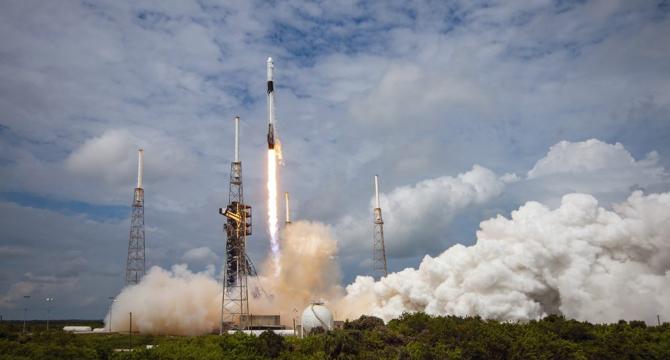
Image Credit: Teslarati
SpaceX readies to rescue astronauts from International Space Station
- SpaceX is preparing to launch the Crew-10 mission to rescue U.S. astronauts Butch Wilmore and Suni Williams from the International Space Station.
- Originally tasked with the mission, Boeing's Starliner aircraft faced technical issues preventing the astronauts from returning home.
- The launch, delayed due to a ground system problem, is now set for today at 7:03 p.m. ET, with a backup opportunity tomorrow at 6:41 p.m.
- The Dragon spacecraft, previously used for other missions, will be launched, aiming not only to bring the astronauts home but also to conduct research for future human exploration.
Read Full Article
8 Likes
Nasa
219
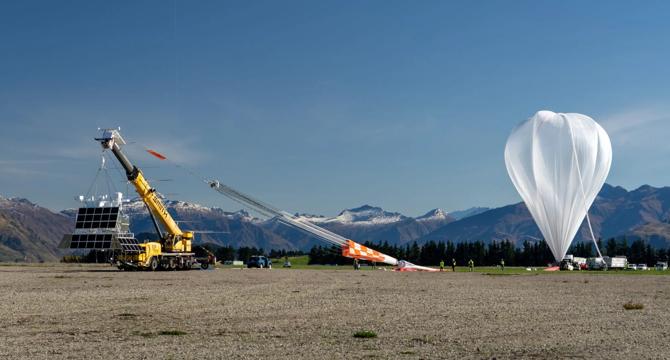
Image Credit: Nasa
NASA Super Pressure Balloons Return to New Zealand for Test Flights
- NASA's Scientific Balloon Program has returned to Wānaka, New Zealand, for test flights of their super pressure balloon technology, scheduled for missions of 100 days or more in the Southern Hemisphere.
- Launch operations are set to begin in late March from Wānaka Airport, NASA’s designated launch site for mid-latitude, ultra long-duration balloon missions.
- Primary objective is to test and qualify the super pressure balloon technology, with flights hosting science missions and technology demonstrations like HIWIND, CoMIC, and HIGS.
- The super pressure balloon will be used to measure neutral wind in the thermosphere, detect atmospheric pressure changes for seismic activity readings, and capture sound waves in Earth’s stratosphere.
- The balloon, similar in size to a stadium, will float at around 110,000 feet altitude, providing a stable platform for scientific research in the near-space environment.
- The closed system design of the balloon offers enhanced stability and reduced altitude fluctuations compared to zero pressure balloons.
- Real-time tracking of the balloon's path can be followed online, and launch information will be shared across NASA's social media platforms and blog.
- This marks NASA's sixth super pressure balloon campaign in New Zealand since 2015, conducted in collaboration with local partners for mission success.
- NASA's Wallops Flight Facility manages the scientific balloon flight program, with Peraton operating the Columbia Scientific Balloon Facility.
- The NASA Scientific Balloon Program is funded by the NASA Headquarters Science Mission Directorate Astrophysics Division, aiming for long-duration research from the Southern Hemisphere's mid-latitudes.
Read Full Article
13 Likes
Nasa
251
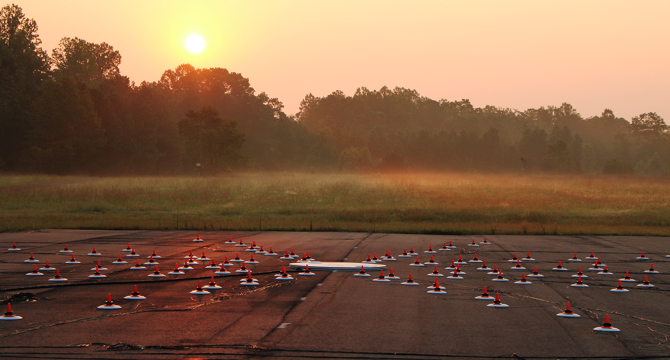
Image Credit: Nasa
NASA Expertise Helps Record all the Buzz
- A commercial wireless microphone array, created with help from NASA, can locate crop-threatening insects by listening for the sounds they make in fields.
- Interdisciplinary Consulting Corporation (IC2), with support from NASA's Langley Research Center, has developed the WirelessArray product, which offers a cheaper and more efficient option for noise testing on airplanes.
- The WirelessArray simplifies the noise testing process by collecting noise data and building a two-dimensional map of sound pressure and its source when an airplane flies directly overhead.
- IC2 is also utilizing acoustic data to listen for high-frequency insect sounds in agricultural settings, helping farmers intervene before crops are significantly damaged.
Read Full Article
15 Likes
Nasa
130
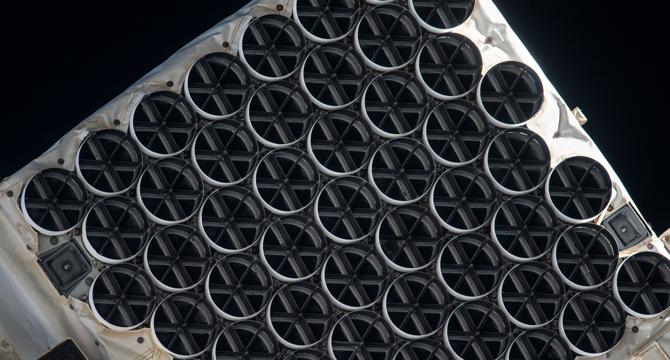
Image Credit: Nasa
NASA Space Station Research Helps Power Moon Science
- Firefly Aerospace’s Blue Ghost Mission-1 on the Moon will carry out science and tech operations based on space station research.
- The Lunar Environment Heliospheric X-ray Imager (LEXI) is observing the interaction between the solar wind and Earth’s protective magnetosphere.
- The Radiation Tolerant Computer System (RadPC) aims to demonstrate computer resilience in the Moon’s radiation environment.
- The Lunar Global Navigation Satellite System (GNSS) Receiver Experiment (LuGRE) is working on integrating lunar-specific navigation solutions for future missions.
Read Full Article
7 Likes
Earthsky
103

Image Credit: Earthsky
NOAA issues rare high risk for storms in the Southeast
- NOAA has issued a rare high risk for severe weather for the southeastern U.S., specifically Dixie Alley, on March 15, 2025.
- This is only the third time NOAA has issued this high risk one day in advance.
- In the past, similar high-risk outlooks resulted in significant tornado outbreaks.
- The most affected areas are parts of Mississippi and Alabama.
Read Full Article
6 Likes
Popsci
17
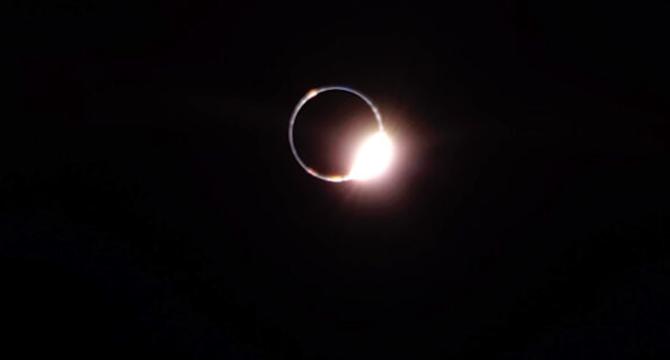
Image Credit: Popsci
Lunar lander snaps mesmerizing views of a solar eclipse
- Firefly Aerospace’s Blue Ghost, the first commercial spacecraft to land on the moon, captured mesmerizing views of a solar eclipse.
- The eclipse's totality on the moon lasted about two hours.
- The first photo shows the eclipse's initial moments and a reflection on Blue Ghost's solar panel array.
- Firefly plans to downlink more images once the lander's antenna warms.
Read Full Article
1 Like
Digitaltrends
358
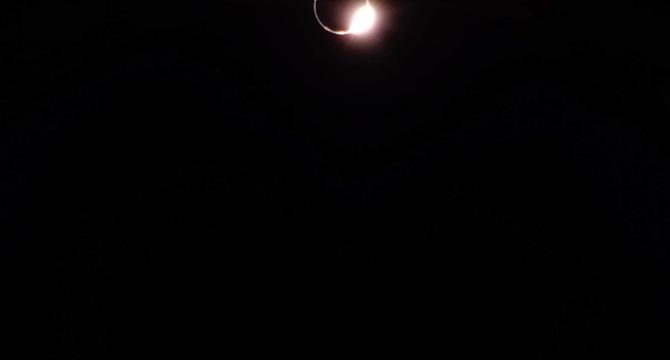
Image Credit: Digitaltrends
Incredible video of solar eclipse seen from the moon shows red-soaked lunar surface
- The Blue Ghost spacecraft captured a gorgeous image and video of a solar eclipse from the moon's perspective.
- This was the first time a commercial lunar lander was able to observe a total solar eclipse.
- The eclipse photo shows the sun about to emerge from totality behind Earth.
- Blue Ghost has also captured stunning images of the sun and the Earth from the lunar surface.
Read Full Article
21 Likes
Nasa
192

Image Credit: Nasa
Embracing the Equinox
- Equinoxes occur twice a year, in March and September, marking the moment when the center of the Sun crosses the plane of our planet’s equator.
- On the equinox, the length of day and night is not precisely equal, but it is very close.
- Equinoxes are associated with the changing seasons, with the Northern Hemisphere experiencing longer and warmer days during the vernal equinox in March, and the Southern Hemisphere experiencing shorter days and cooler nights during the autumnal equinox.
- The next equinoxes are expected to occur on March 20, 2025, and September 22, 2025.
Read Full Article
11 Likes
For uninterrupted reading, download the app